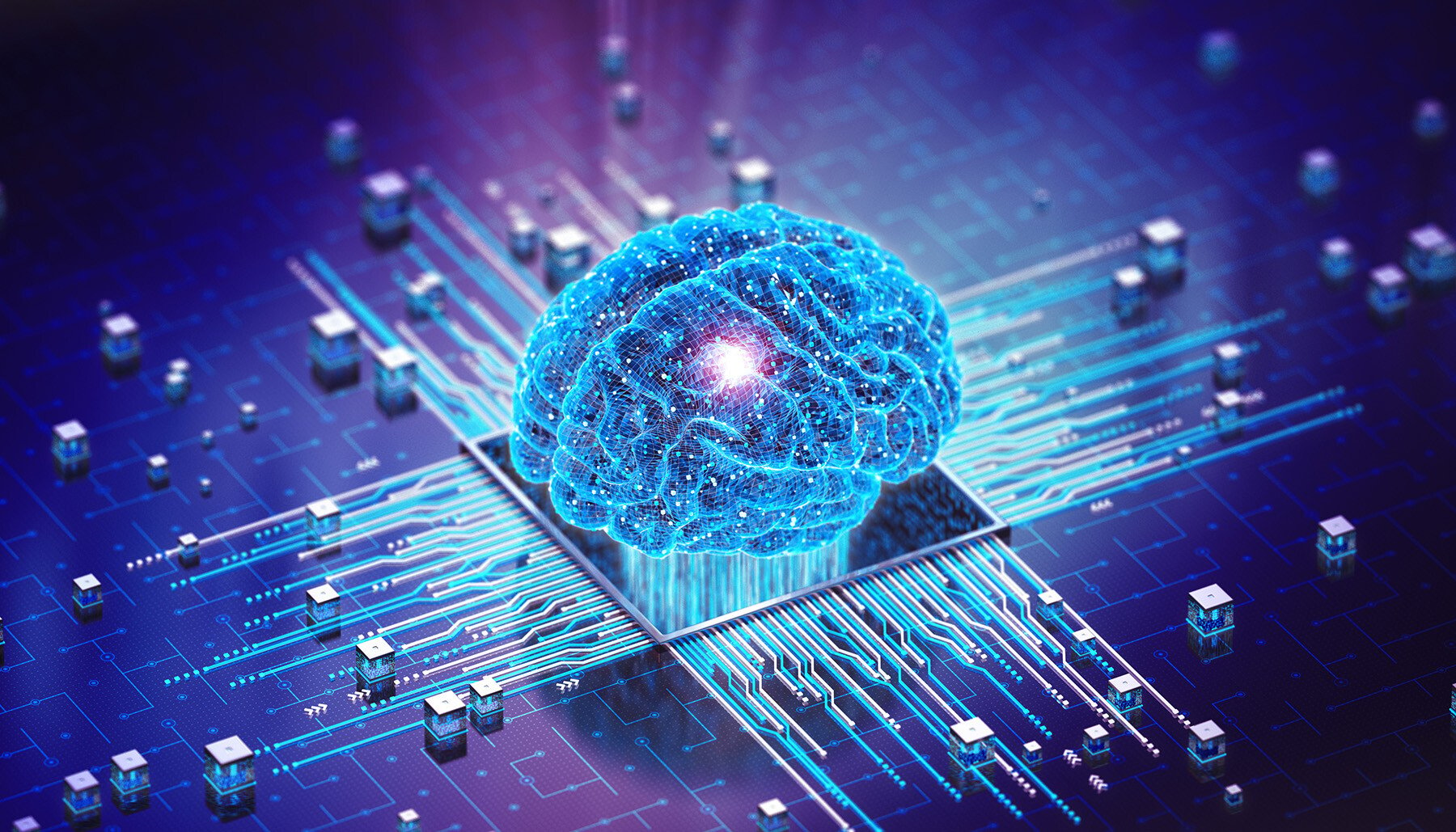AI in Cybersecurity: Can Automation Alone Secure Your Organization?

At one point, many believed the future would be dominated by fully autonomous robots running the world while humans relaxed by the pool. Yet, this vision of a machine-driven utopia is more fiction than reality. Over-reliance on machines, far from creating a perfect society like in The Jetsons, could lead us down a path resembling the dystopian future portrayed in Wall-E. In that film, humanity is depicted as having lost its creativity, independence, and critical thinking, becoming complacent and dependent on technology—a stark warning of what happens when humans relinquish too much control to automation.
As artificial intelligence (AI) continues to evolve and organizations grow more dependent on automation, cybersecurity professionals are going to have to make sure they don’t grow too dependent on the technology. Having a human in the loop ensures that AI is behaving in expected ways to prevent malicious actors from penetrating critical business systems without introducing additional risk to the organization. If there is a line between too much reliance on AI and too little, where is it and how do we toe it in a way that brings value without introducing more risk?
AI is Transforming Cybersecurity on Both Sides
AI and machine learning (ML) have transformed cybersecurity over the past several years, and it was sorely needed. Exploding threat surfaces due to digital transformation, cloud computing and hybrid work models have introduced an enormous amount of complexity in the security space. Organizations now rely on dozens of security tools to monitor this expanding threat surface, leading to alert fatigue and burnout that hampers cyber readiness.
AI can automate much of these tedious tasks, streamline security workflows and provide relevant context around events and incidents. This simplifies security operations, ensures consistency across the entire IT environment and frees up human resources for tasks that require higher-level thinking. There’s no longer a need to chase down every false positive or keep monitoring event logs overnight and during the weekend. AI has gotten intelligent enough to identify events that require additional attention, provide relevant context and make recommendations that humans can execute or, in some cases, allow AI to automatically trigger actions.
The problem is that today’s malicious actors are also using AI to improve the tactics and techniques they use to infiltrate enterprise networks. They know that cyber defenders are overwhelmed and rely on AI to automate repetitive tasks, and they can use this knowledge to adapt their tactics accordingly. Phishing toolkits, persistent tools, malware shells and fileless attacks are designed to evade traditional security solutions and obfuscate their actions around legitimate behavior, leaving almost no signature that AI can learn from and identify in the future.
An over-reliance on AI enables complacency among cybersecurity teams and makes it easier for these attackers to hide in plain sight.
Keeping a Human in the Loop is Essential to Walking the Line
A Tesla may be able to drive itself, but a human is still needed to plug it in. The same can be said for cybersecurity. AI can take a lot of the heavy lifting off security analysts’ plates, but there needs to be a human in the loop to continually train, update and monitor these tools – especially to keep up with a constantly shifting threat landscape. It’s important to remember that AI is just a tool that’s purpose is to augment human activities.
That said, AI is only as good as the data that humans feed into it. Analysts should be constantly updating and training their models with the latest threat intelligence as well as changes to their organization’s digital infrastructure and user behavior. This allows humans to stay one step ahead of their malicious counterparts, create up-to-date response playbooks and allow AI to analyze outcomes and make recommendations when attempts are made to infiltrate systems. Knowing when to let AI do its thing and when to intervene is a science. Users need to understand AI’s capabilities, its limitations and how best to leverage the tool. Ultimately, it’s humans that need to drive strategy and let machines execute on it.
Of course, there is a tool to help you manage your AI capabilities and keep your AI tools honest according to current security policies and behavior. Extended Detection and Response (XDR) solutions provide real-time inventory of IT assets and their behavior as well as an up-to-date assessment of the organization’s threat surface and potential vulnerabilities. XDR solutions can absorb and analyze large volumes of security data and provide recommendations for closing security gaps and remediating the impact of attacks. But XDR is just a tool, albeit a highly intelligent tool, that needs a human to apply it in the most appropriate and optimal way.
In addition to XDR, security operations centers (SOC) play a crucial role in ensuring 24x7 monitoring and defense against cyber threats. SOCs provide the human expertise needed to interpret complex data, respond to incidents in real-time, and continually adapt defenses to an evolving threat landscape. Managed Detection and Response (MDR) services can extend this capability, offering organizations continuous threat hunting, monitoring, and incident response through global SOCs. This combination of AI-powered tools and human intelligence allows organizations to maintain an effective and agile cybersecurity posture, ensuring that no critical alerts are missed and enabling rapid remediation when threats are detected.
Staying Ahead of the Curve
AI is transforming the cybersecurity space for both defenders and attackers. AI automates tedious tasks at scale, improves security posture, creates operational efficiencies and frees up human resources for tasks that require higher-level thinking. However, over-reliance on AI capabilities can breed laziness and allow malicious actors to get a step ahead, putting the organization at great risk. A human needs to remain in the loop with all AI solutions, constantly training models to keep up with an evolving threat landscape while ensuring the expected outcomes. This requires awareness of the IT environment, potential vulnerabilities and the latest threat tactics and techniques. XDR solutions can give you this awareness in real time, allowing you to get the most out of your AI-powered cybersecurity solutions without putting the organization at risk.
tags
Author
Right now Top posts
FOLLOW US ON SOCIAL MEDIA
SUBSCRIBE TO OUR NEWSLETTER
Don’t miss out on exclusive content and exciting announcements!
You might also like
Bookmarks











